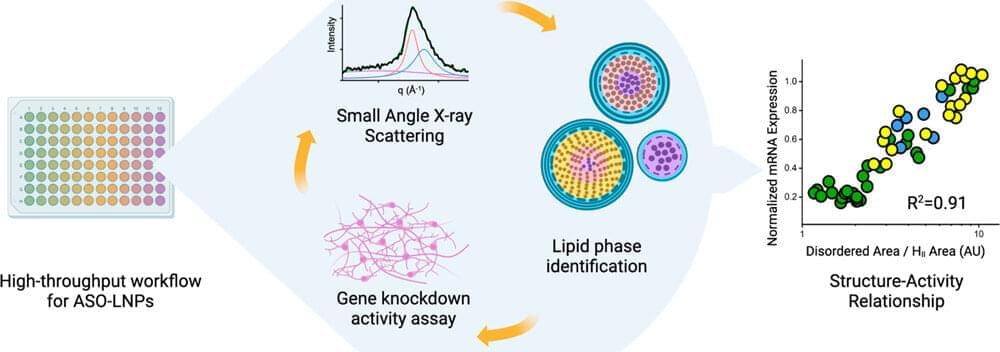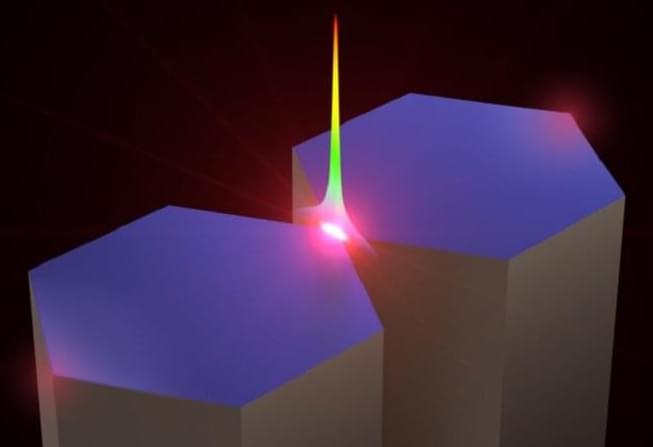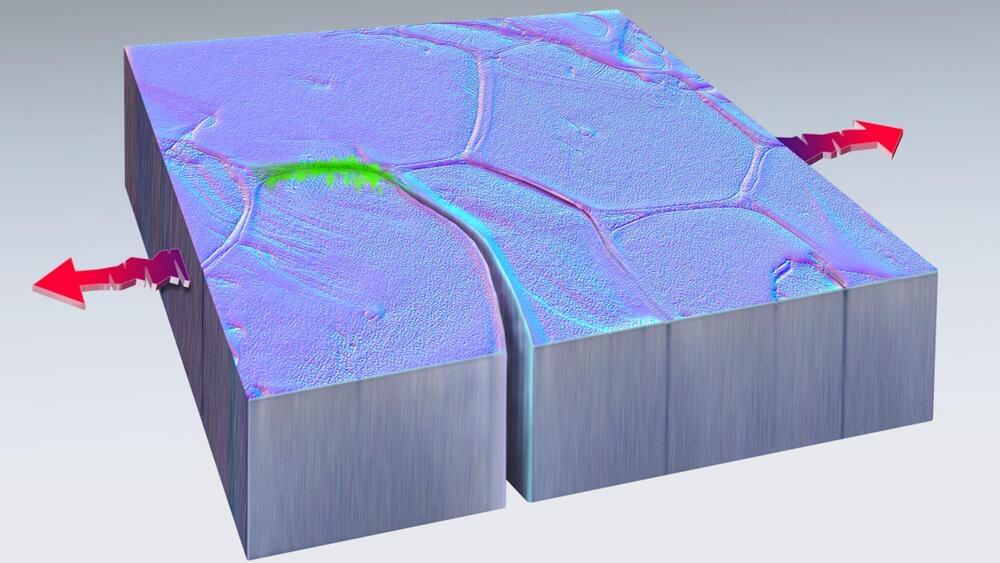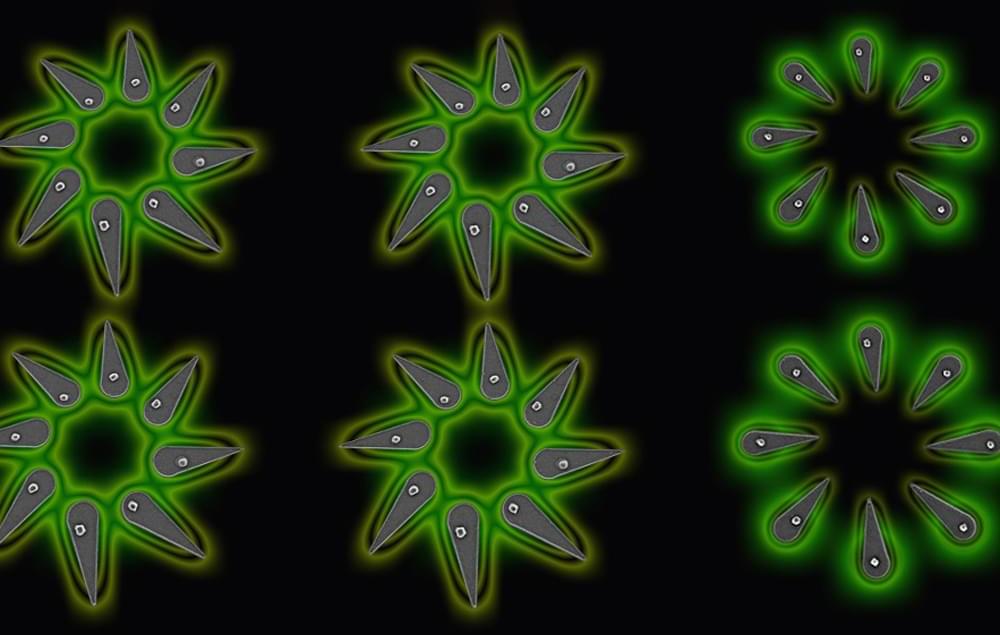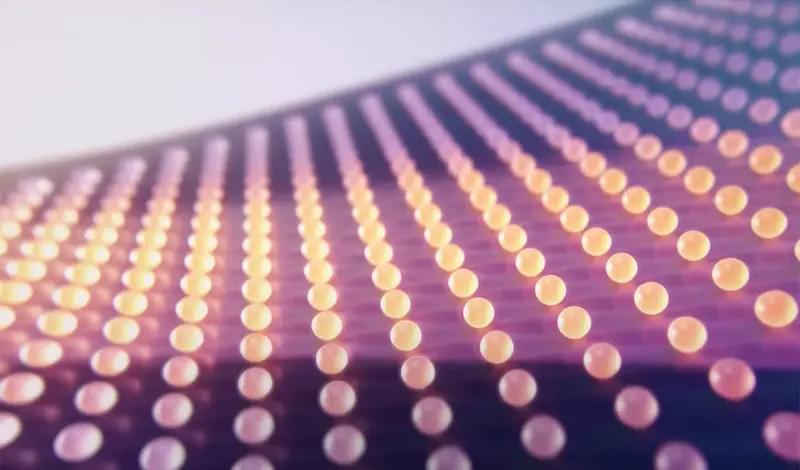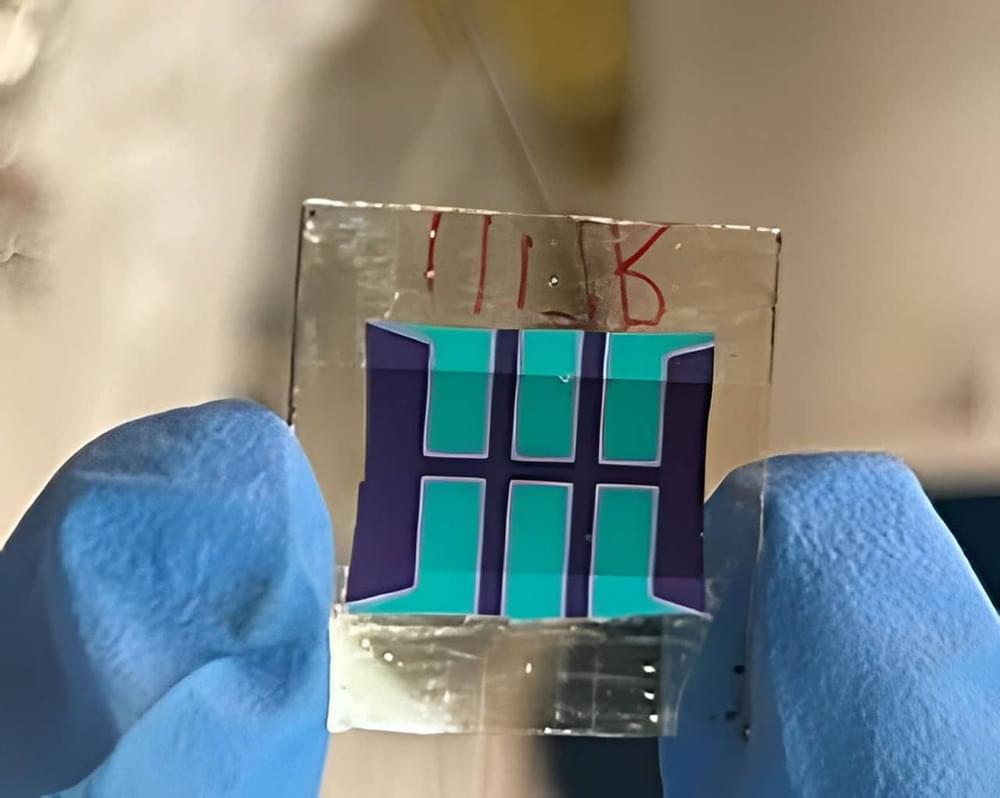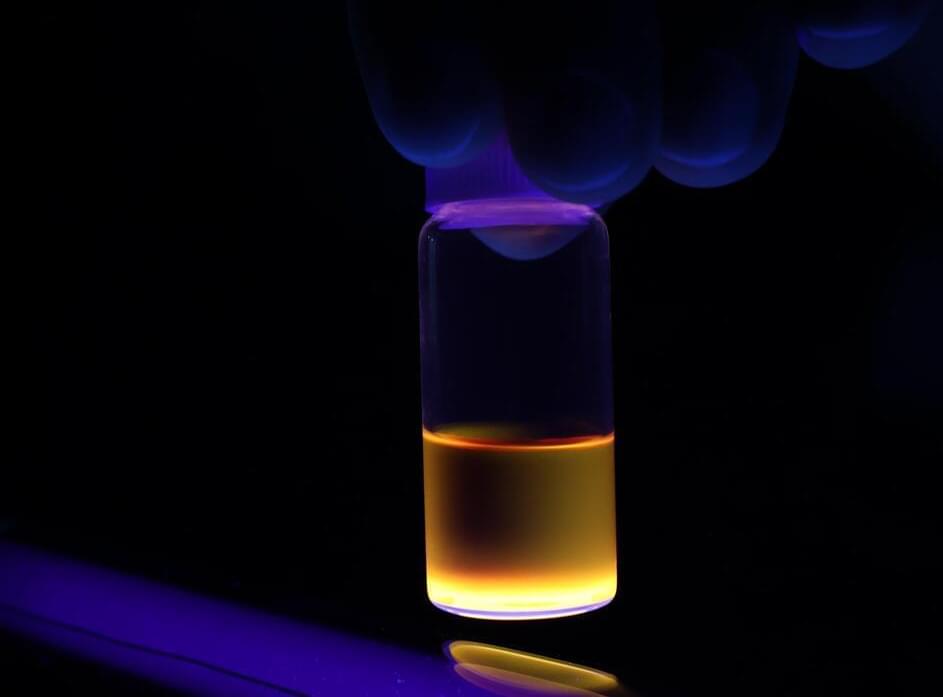Jul 25, 2023
A new type of quantum bit in semiconductor nanostructures
Posted by Dan Breeden in categories: computing, nanotechnology, quantum physics
Researchers have created a quantum superposition state in a semiconductor nanostructure that might serve as a basis for quantum computing. The trick: two optical laser pulses that act as a single terahertz laser pulse.
A German-Chinese research team has successfully created a quantum bit in a semiconductor nanostructure. Using a special energy transition, the researchers created a superposition state in a quantum dot—a tiny area of the semiconductor—in which an electron hole simultaneously possessed two different energy levels. Such superposition states are fundamental for quantum computing.
However, excitation of the state would require a large-scale free-electron laser that can emit light in the terahertz range. Additionally, this wavelength is too long to focus the beam on the tiny quantum dot. The German-Chinese team has now achieved the excitation with two finely tuned short-wavelength optical laser pulses.
